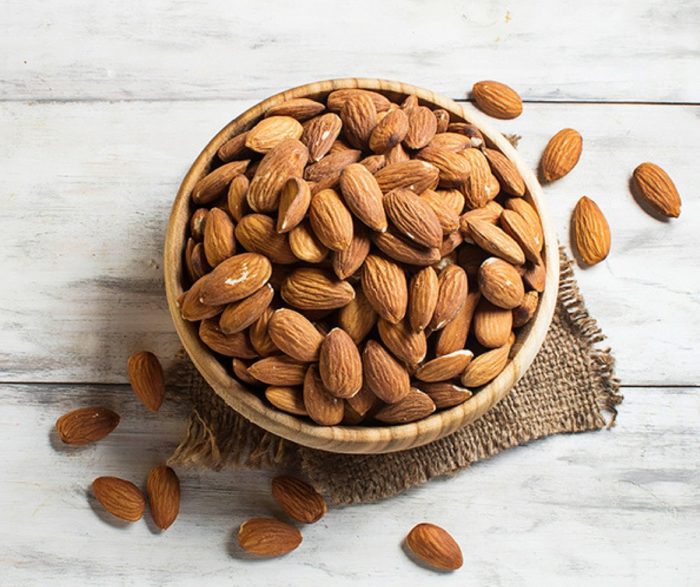Like roast lamb or kid, Colomba, the Italian Easter cake, is one of the many sweet culinary specialities Italians enjoy at Easter.
In recent years, this sweet bread of Italian origin has been increasingly appreciated in many other countries.
In fact, in many countries, Easter wouldn't be Easter without this dove-shaped cake. But where exactly did this delicacy come from, and what is its history? Below you will find out everything behind the Colomba Easter cake.
According To Legend
In Italy, this sweet cake has the shape of a dove. That's because this bird has always been considered the messenger of Easter. The Easter dove story has its origins in the Italian city of Pavia, south of Milan. It is said that a loaf in the shape of a dove allowed a young girl to escape the grip of a cruel ruler who wanted to take over the city.
In their distress, the city's young girls offered the dove-shaped cake to the sovereign's horse, who ate it with great pleasure. As a sign of respect, the sovereign then freed the young girl held captive and left the city in peace.
From then on, the Easter dove was one of the emblems of the city of Pavia. All the city's women made these Italian Easter eggs out of leavened dough for their families and adorned them with grain sugar, almonds, and an olive branch, a symbol of peace. But like all legends, we're not sure if things turned out that way.

The Colomba Cake tradition
What is certain is that the Colomba left Milan to arrive in many European and American countries, mostly thanks to Italian emigration. Although it looks a lot like Panettone, it does not contain raisins, only candied orange peels. Its dough is richer in butter and covered with a crispy glaze made from egg white. It's then topped with sugar and almonds. The classic Italian Easter eggs can be enjoyed with coffee, prosecco, or Moscato.
How To Make A Colomba
The original dough is made with flour, butter, egg, sugar, and candied orange zest, glazed with almond before baking. However, you can find variants in which fruits are added to the dough (we have enriched it with raisins) or other elements are used for the decoration, such as sugar and other forms of almonds or both.
With the indicated amount of ingredients, we obtain about 900 grams of dough that we can bake in three moulds with a capacity of 300 grams each. These moulds are not essential, although they help make the presentation more attractive. If you do not have them, you can form the Colomba's directly on a baking tray covered with parchment paper. But honestly, making this Italian Easter cake at home is a lot of work. Very time-consuming... If you can get it from an Italian bakery or deli, that's always best. They are yummy.
Should You Try It?
The Colomba, mostly used as an Italian Easter cake, has interesting properties that are both historical and tasty. If you haven't tried it yet during the Easter celebrations, you're missing a lot, and you should definitely try it.


